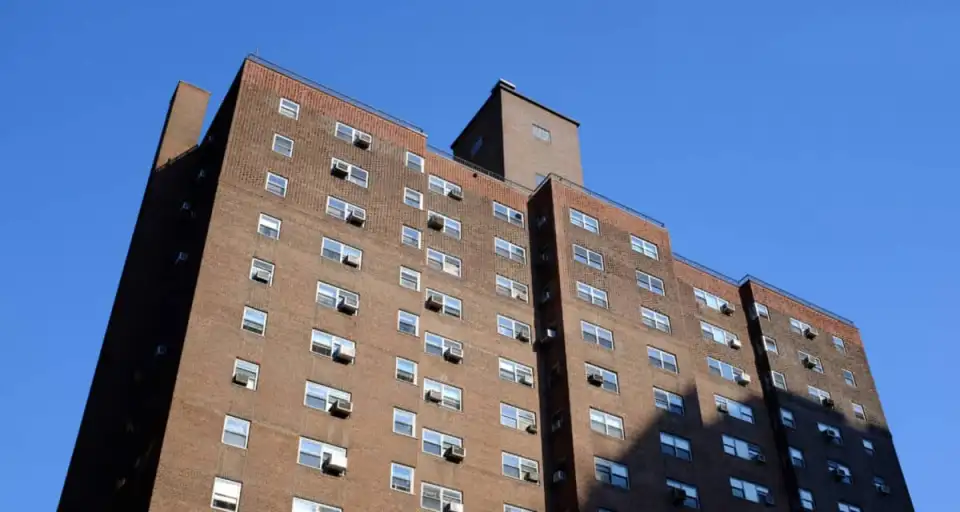
The retrofitting of existing buildings is a central component of the climate action plans of virtually every city in North America. Many of today’s buildings were constructed in an era of inexpensive fossil fuels, the impacts of which were largely unknown. The opportunities to lower emissions by improving energy efficiency in buildings is significant and the simplest available measures are well understood and are regularly implemented in buildings of various types. However, while many buildings perform efficiency upgrades to individual systems, there are limited examples of occupied buildings that perform the type of integrated retrofits that are likely needed for most cities to meet their climate action goals. Upgrading existing buildings will require significant resources. In addition to raw efficiency, retrofits must deliver a high-quality environment, be primed for a future powered by renewable energy, and provide resiliency in the face of future climate fluctuations and crises.
The emphasis of Building Energy Exchange’s study, “Pursuing Passive: Strategies for a High Comfort, Low Energy Retrofit in NYC,” is on selecting energy conservation measures and phasing these measures over time, while the building is occupied. The report also describes how capital planning for such measures might be organized, code and regulatory barriers to pursuing this deep retrofit, and the most important technical and market challenges. The goal of this work is to provide a high-level guidance document that allows similar such buildings to envision a phased deep retrofit of their own building. Access the report here.